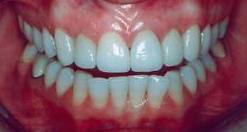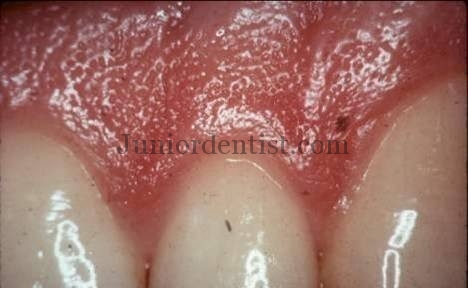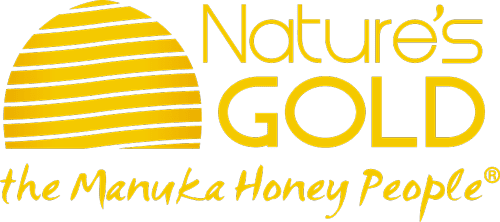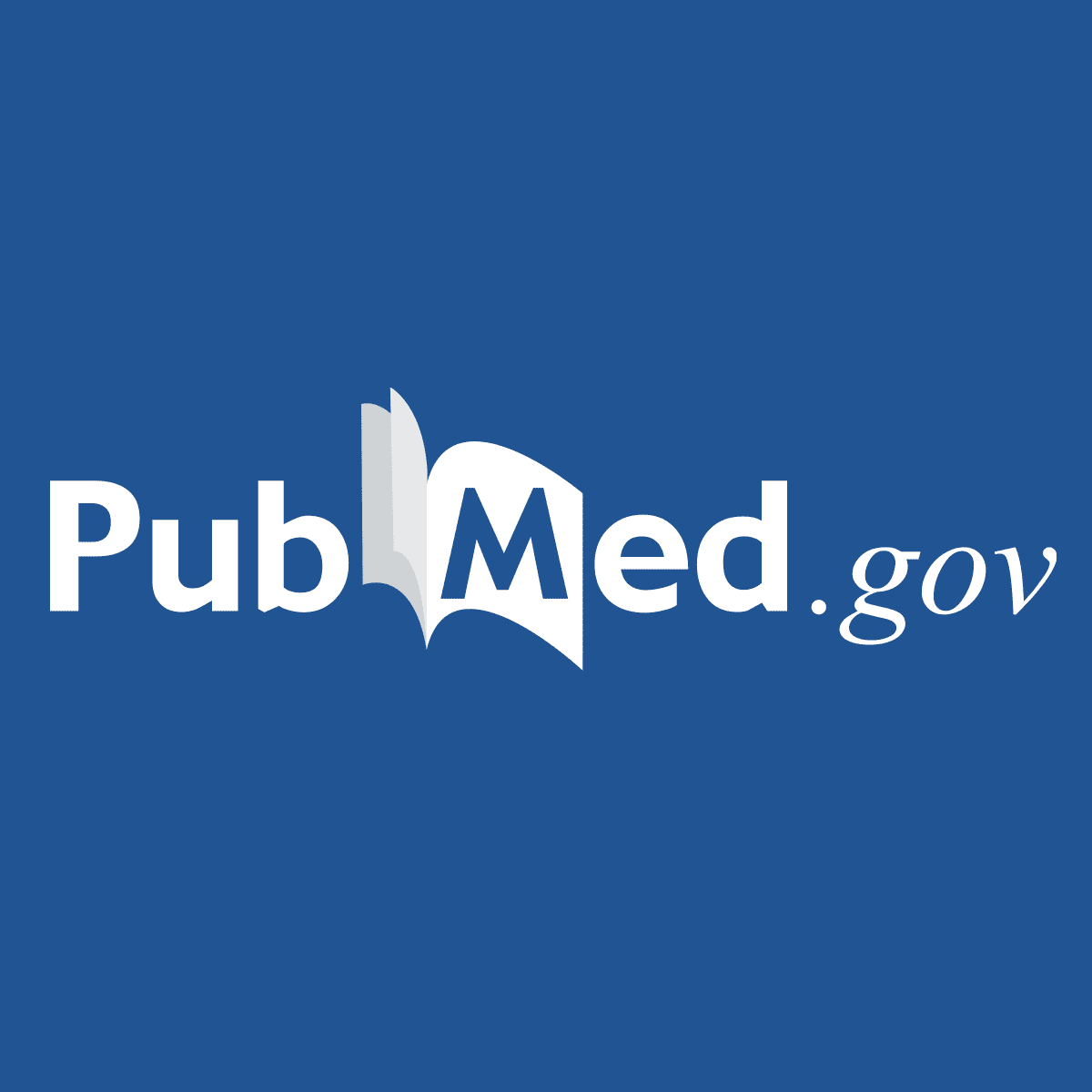Rinse & rePeat
Member
- Joined
- Mar 10, 2021
- Messages
- 21,516
“Also, several test-tube studies have confirmed that bee pollen has strong antimicrobial properties.
Bee pollen extract was found to kill potentially harmful bacteria such as E. coli, Salmonella, Pseudomonas aeruginosa, as well as those that cause staph infections (19Trusted Source, 20Trusted Source).”

 www.healthline.com
www.healthline.com
Bee pollen extract was found to kill potentially harmful bacteria such as E. coli, Salmonella, Pseudomonas aeruginosa, as well as those that cause staph infections (19Trusted Source, 20Trusted Source).”

Top 11 Health Benefits of Bee Pollen
Loaded with over 250 active substances, bee pollen has gained traction in the health community as a powerful supplement. Here are the top 11 health benefits of bee pollen.








